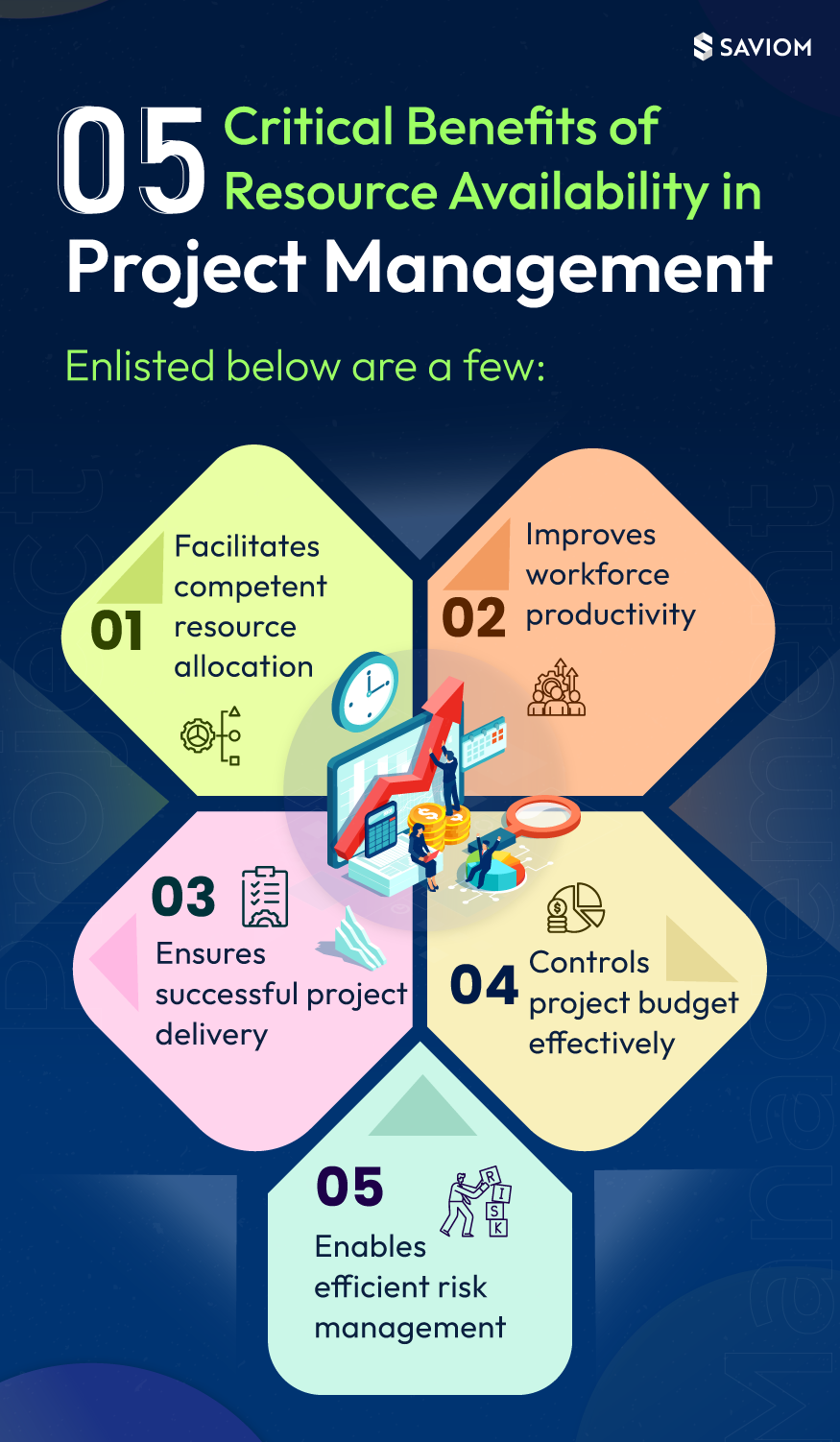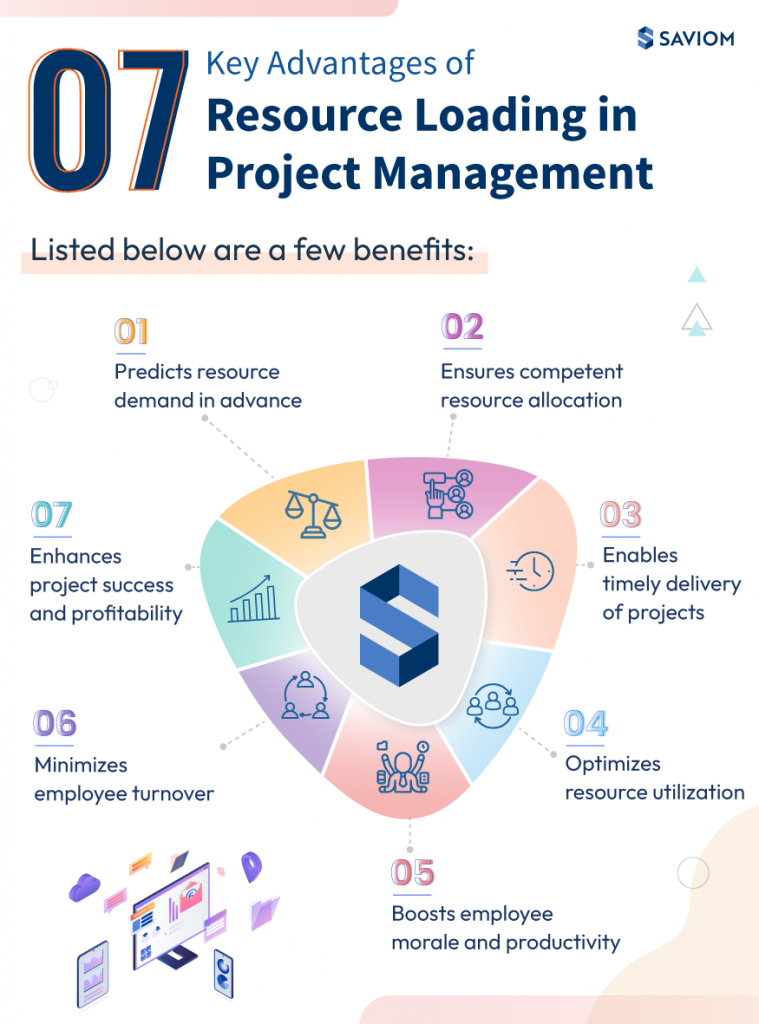Every project is unique due to the attributes that differentiate it from other similar projects. This includes final deliverables, resource requirements at different stages of the project, allocated budget, and timeline, etc. To ensure that the project is accomplished with its goals and objectives, a systematic project management process is followed.
Today in the world of disruptive technology, rising software solutions, increasing ambiguity of risks, and high clients and stakeholders expectations, managing projects is more complex than ever. Thus for a project manager, synchronizing all the different aspects, resources, and processes of a project can often feel overwhelming.
To make every project a success, many organizations have adopted Project Integration Management as a standard practice. It helps project managers to oversee project complexity, perform resource management, and manage risks holistically to gain a competitive advantage.
Project integration management is a component of project management that ensures all processes within a project run efficiently, and resources stay on track to achieve their targeted goal.

This article begins by understanding project integration management in detail, its key benefits, and how implementing the seven steps can lead to a successful project.
Let’s get started.
Definition: Project Integration Management
Project integration management is a systematic approach for coordinating all the processes and activities of a project. It ensures smooth execution of the project, from its initiation to closure. In doing so, project managers can better balance the demands of stakeholders, clients’ expectations and manage resources and tasks during a project.
According to PMI, “Project Integration Management helps to identify, define, combine, unify, and coordinate different processes and activities with project management process groups.”
Integration in project management is significantly helpful for project managers in managing cross-functional teams, scheduling resources, and organizing their work interdependencies. It also contributes to coordinating and making trade-offs with stakeholders so that projects would benefit from a more unified approach and reach the goal.
Example of project integration management:
Let’s assume a project manager has mapped out an engineering project plan. Now, integration is essential when processes and resources interact. To schedule tasks of multiple teams from different departments and manage the deliverables for various project activities.
Here project documents and deliverables from mechanical and electrical engineering are integrated to ensure consistency between project deliverables. The integration process in a project makes various tasks/work by different resource pools or departments look cohesive and unified.
Now, let’s understand the significance of implementing integrated project management:
Importance of Project Integration Management
Projects are highly complex, with a lot of different parts to handle. For example, a project manager needs to oversee all of the following:
- Scope Management
- Time Management
- Cost Management
- Risk Management
- Human Resource Management
- Communication Management
- Change Management
- Quality Management
- Stakeholders Management
With an integrated project management strategy, managers can track everything to understand how one aspect affects the other. For example, the proposed project schedule may be affected by a shift in scope. It raises the chances of not having the resources you need, budget overruns, delivery delays, or all three.
Let’s assume that you suddenly need three data analysts to work on your project for another month? Without integration management throughout the organization, it will be challenging to see how this impacts the ongoing business.
Thus, project integration management helps managers list down all processes and tasks and give direction to team members. It proactively deals with shared resources and their overlapping schedules and improves work efficiency within teams. The right integration also ensures all project components are in order for enhanced organizational efficiency.
Keeping these benefits in mind, project managers must follow seven essential steps to apply integration management to any organization’s projects. Let’s dive deep into it.
7 Steps in Project Integration Management (PIM)
Integration Management ensures a holistic and well-informed approach to strategizing and executing a project. In implementing successful project integration management, seven procedures need to be followed. It will help the organization effectively coordinate and control tasks for greater success.
The seven crucial steps in project integration management are:
- Create a project charter
- Develop a project management plan
- Manage project execution
- Manage project knowledge
- Monitor and control project work
- Integrated change control
- Project closure
Step 1: Create a Project Charter
The project is initiated by developing a project charter. It mentions all the key stakeholders involved in this project and also appoints a project manager. This is an official document and covers project goals, timeframes, cost estimation, deliverables, and mentions stakeholders. Thus, this written roadmap allows managers to lead the whole project from the beginning to the end.
For example, To create a project charter, a company would need to outline business goals and align them to the project goals. They would also need to map out the risk/scope statement and forecast the cost-profit ratio.
Step 2: Develop a Project Management Plan
The second step is to create a project master plan, which determines the project deliverables and the estimated timeline, significant milestones, and other measurable benchmarks for evaluating success. Here managers also divide the project activities into smaller sprints or Work breakdown structures (WBS). Thus, it becomes an essential reference for decision-making and risk assessment to organize and control the project.
Project planning also draws attention to developing a comprehensive resource plan. For example, Project resource planning and timely forecasting help managers predict all resource needs in advance. Resource managers can then gauge the capacity vs. demand gap proactively. They can cross-train available benched resources, and they can either allocate a cost-effective global resource or hire an on-demand/permanent workforce with the right skillset. It eliminates last-minute hiring costs incurred by the firm.
Step 3: Manage Project Execution
In the Project Execution process, the team executes the project plan by following functions and performing tasks to achieve results on schedule and within budget. Here manager is involved in administering tasks, conducting stakeholder meetings, communication and coordination, analysis of updates and reports, and resource management. All these activities contribute to the successful integration of the project function.
The objective of project execution is that every resource performs efficiently and productively within the project plan and scope statement, giving team collaboration utmost importance.
Step 4: Manage Project Knowledge
A new process gets introduced in the PMBOK 6th edition of integration management- “Manage Project Knowledge.” It is the process of utilizing existing information and acquiring additional or new knowledge to accomplish the project’s goals. This step in the integration process ensures every resource knows what they need to know and when they need to know it.
The new expertise acquired during the implementation of the project adds to the company’s body of knowledge. It enhances the value of knowledge sharing and stimulates innovation within an organization.
Step 5: Monitor and Control Project Work
Project Integration Management aims to ensure balance in all project areas (time, scope, cost, quality, human resource, communication, risk, procurement, stakeholder, among others). These processes are interconnected and interrelated and cannot be carried out in silos.
The project work must be supervised and managed diligently to ensure compliance with the project management plan. The manager conducts earned value analysis regularly to ascertain the project’s budget and schedule status. Keeping these monitored and aligned with the project charter will keep the project on the right track.
Step 6: Integrated Change Control
There’s nothing more stressful than project changes. Therefore, managers should ensure that any change request (in terms of budget, timeframe, resources, quality reports) that leads to scope creep is checked. For example, the client may ask to add a new function/feature to the current project. Change Control Board assesses this to determine the alternatives and solutions. They also evaluate how a single change can impact their project.
Integrating the changes with the ongoing activities of a project is crucial for the successful delivery to clients.
Step 7: Closure of the Project
Once the project work is completed and deliverables have received final acceptance from the client, it is time to close the project. There is always a myriad of things done to close a phase or project. Managers first have a formal review of the entire project. This will define the project’s successes, issues, and lessons learned to improve future opportunities.
Project closure serves as a reference to implement future projects and streamline the project integration management system.
By following these seven steps, your project integration management strategy will grow stronger over time and create a consistent, high-quality project execution level.
Additional Role of a Project Manager in Integration Management
Effective project integration management imposes rigorous demands on a project manager. To be fully vested in organizational success, they must be adept with technical and professional competencies and interpersonal and communication skills.
Some of the additional roles a project manager plays in carrying out integration management are:
Project and Process Integration
The project is usually managed through a set of project management processes and is always interconnected. Managers must keep track of resources and tasks moving parallel with these processes and align with project objectives. The process owner (managers) measures process performances using defined key performance indicators (KPIs). They also have an intuitive ability to identify risks and address them with their decision-making skill well in advance.
The aided access of managers to reliable data and insights also help Make integration management more manageable and effective for professional service organizations.
People’s Management
Relationship management skills are vital to project integration management because project managers plan for processes and handle teams. The project manager’s role is to make resources aware of their roles, responsibilities, outputs, and deadlines. Points of integration and dependencies should also be identified so that the workflows are smooth and efficient. Information/knowledge sharing is also greatly encouraged among resources.
Stakeholder Management
One of the critical roles of project managers in Integration Management is maintaining a healthy equilibrium with stakeholders. It involves analyzing their expectations and developing appropriate strategies to execute their interests along with other project activities.
The project manager should be able to handle their influences and conflicting interests successfully. It is also essential for managers to involve stakeholders in critical project decisions and make them aware of competing priorities. All of these forms come under the stakeholder management process.
Conclusion
An integrated view of project resource plans and resource schedules is essential to achieve maximum productivity. Therefore, using a robust resource management tool that offers real-time visibility through detailed Gantt charts is crucial. It provides project resource management features that can systematize team collaboration, manage outcomes for simultaneous project activities, and optimize resource utilization. This will also help managers implement project integration management effectively and lead a project to success.
How do you manage resources and processes at your organization?
The Glossary
The SAVIOM Solution
SAVIOM is the market leader in offering the most powerful and configurable solutions for managing enterprise resources efficiently and effectively. Having more than 20 years of experience, this Australian-based MNC has a global presence in over 50 countries. It is also popular with more than 100 customers and helping them to achieve their business goals. SAVIOM also has products for project portfolio management, professional service automation, and workforce planning software which can be easily customized as per business requirements.















